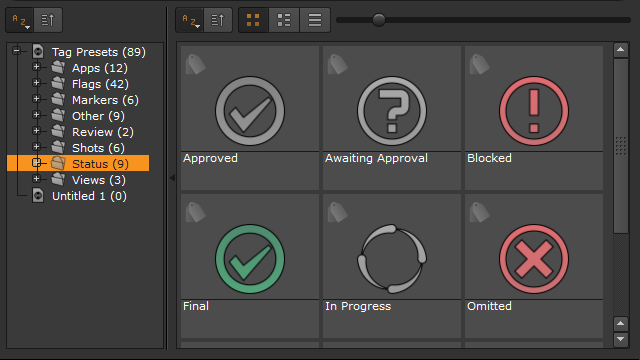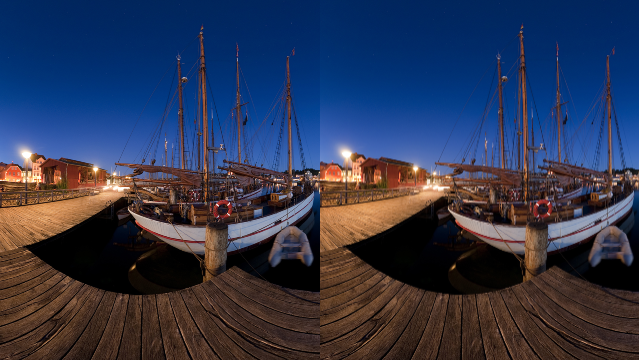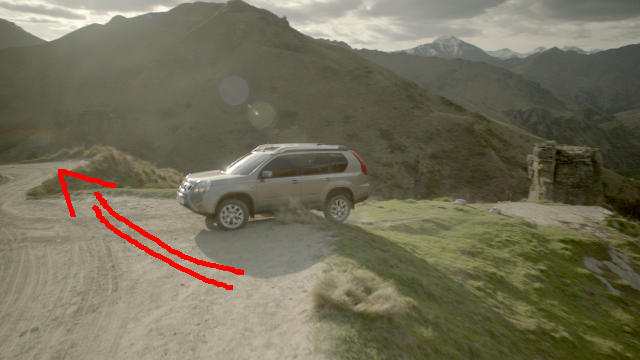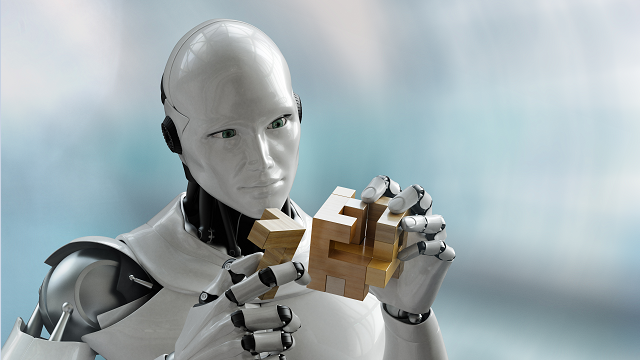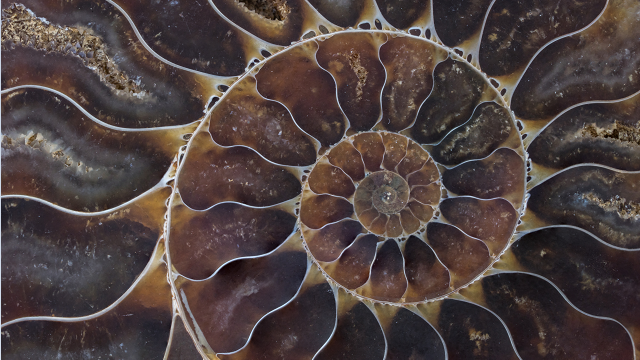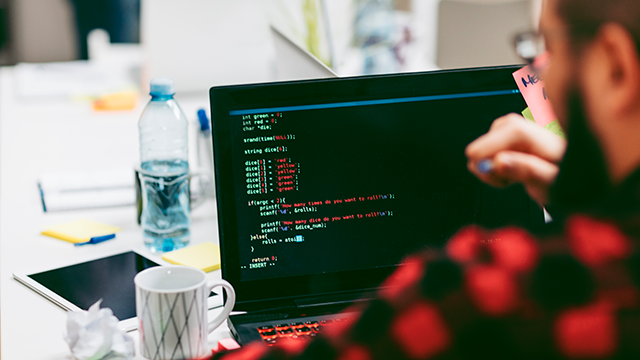Discover how to get help with Hiero when you need it, featuring in-application help and our friendly and knowledgeable Support team.
Explore the main differences between Hiero and HieroPlayer, including an example collaborative workflow using Nuke.
Hiero and HieroPlayer ship with a number of different workspaces, specific layouts that can be loaded as the current task changes.
Find out how to import your media into the bin view, which shows thumbnails of all clips in the project.
This section describes the difference between the two Viewer types, clip and sequence, and how to use them.
Learn how to match up the footage from a shoot with the required edit decisions to create a meaningful timeline.
Hiero's timeline is designed to provide shot management, conform, playback, and export capabilities for people creating visual effects.
A soft effect is a real-time effect, processed on GPU instead of CPU. They can be added to clips, shots, and tracks.
You can add annotations to a clip, a section marked with in and out points, or a whole sequence to provide quick instructions for a compositor.
The timeline editing tools allow you to manipulate your shots directly in the timeline, in single- or multi-view projects.
Hiero can record the different states of your project as you progress using versions and snapshots.
Exporting deals primarily with shot management and export functionality when you're farming out shots or sequences to other artists.
A basic overview and some simple examples to get you started with Hiero's Python API.





